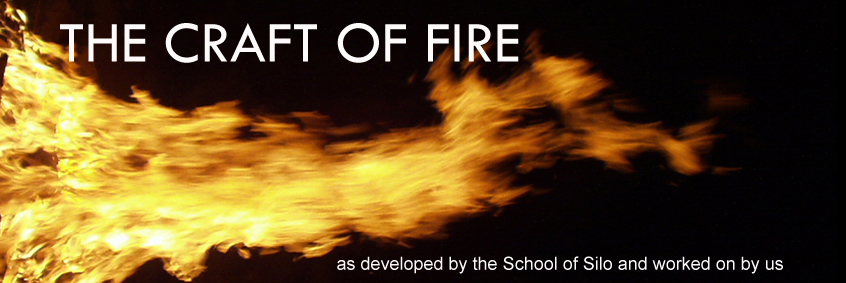Toronto's Role in Lost-Wax History (and dubious patent claims)

Who knew that our own young city of Toronto played a part in the ancient technique of lost-wax casting? As I was researching the history of this technique, I discovered this : "It was in 1934 that a Danish engineer, Thoger Gronborg Jungersen, working with a firm of manufacturing jewellers in Toronto, devised the flexible rubber mould from which any required number of identical wax patterns can be obtained. This made it possible to produce substantial quantities of small castings possessing all the fine detail of the original master pattern." Who was this T.G. Jungersen, and did he really invent the idea of using a rubber mould to produce multiple wax copies - a process we all follow today? In 1938, he received a patent for the following invention: "A method of casting articles of jewelry of intricate design consisting in first producing a model of the article to be cast, then forming about said model a primary mould of a plastic material which will retain

